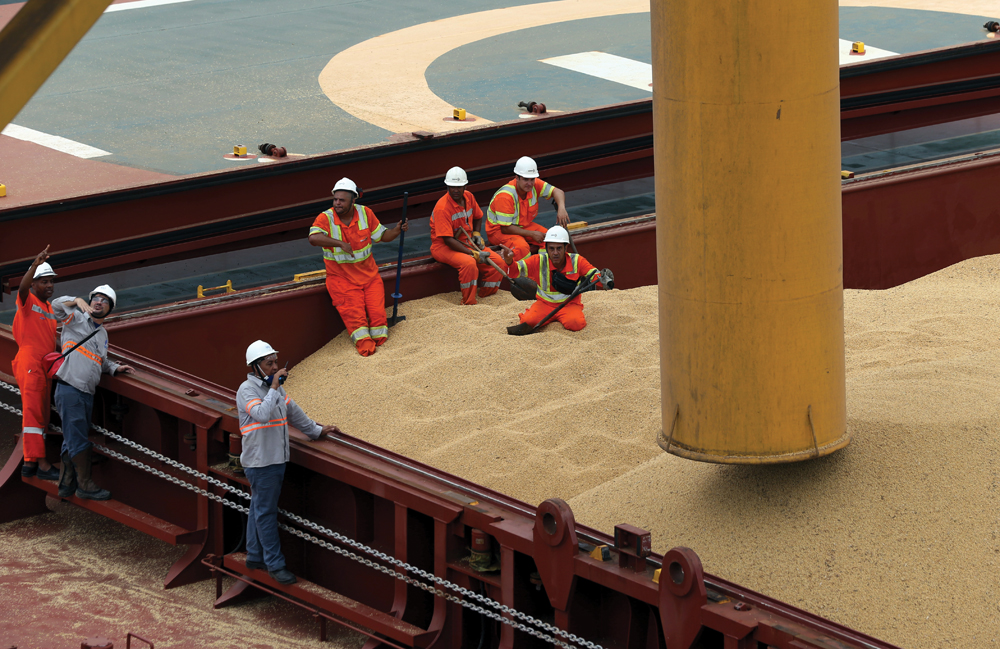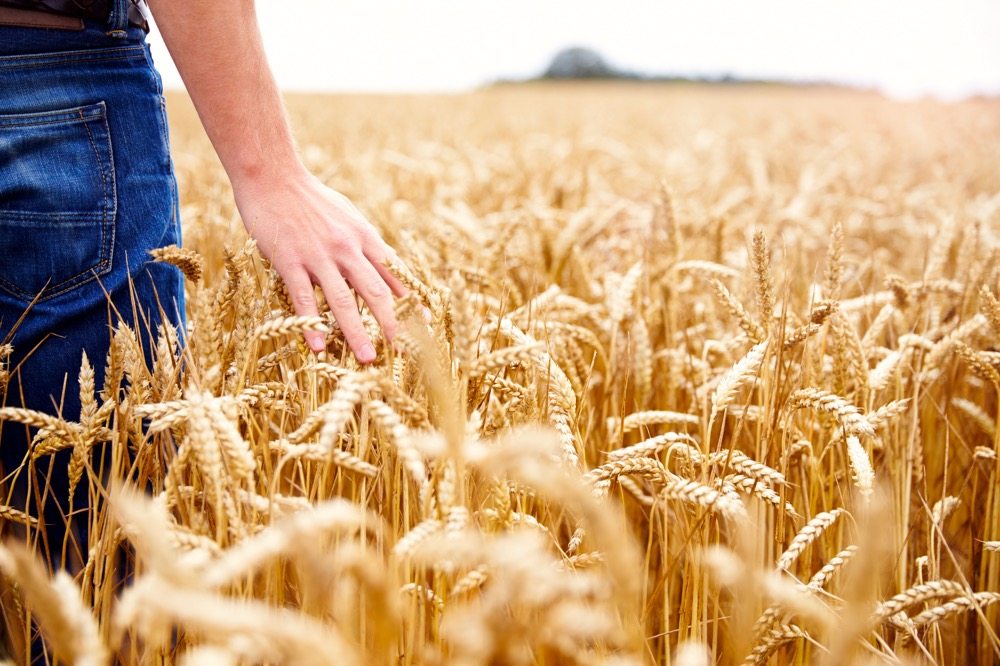The oat harvest in Canada’s top-producing region of central Saskatchewan is far behind normal progress but farmers are catching up fast with nearly ideal early-autumn weather.
Crop development and harvest are two to three weeks late in the area, said Grant McLean, the cropping management specialist for the government of the western province. Hot weather during the past week has helped farmers make fast progress swathing and beginning to combine, he said.
Central Saskatchewan, including cities like Saskatoon, Yorkton and Lloydminster, produces at least one-fifth of the oat crop in Western Canada, the country’s main grain-growing region.
Read Also

Manitoba canola embattled by verticillium
Verticillium stripe pressure has been growing in Manitoba, and canola farmers still have precious few tools to protect their crop from the disease.
But even if the harvest shrinks, it’s unlikely to have much effect on Chicago Board of Trade oat futures because of large stocks, he said. December oats have slipped about 23 per cent since June 8, following dropping corn prices.
“I don’t think you’d get a ripple in the oat market,” said Randy Strychar, president of Ag Commodity Research in Vancouver, B. C. “If you told me there was a frost last night and we lost 10 per cent of the crop, everybody would just blink and get on with the day.”
Canadian farmers and grain companies were storing 1.5 million tonnes of oats on July 31, up 61 per cent from a year earlier, according to Statistics Canada. Canada’s Agriculture Department has estimated new-crop oat production at almost three million tonnes.
Canada is the world’s second-largest oat producer after Russia. Oats are primarily used for livestock feed or sold to millers like General Mills, PepsiCo Inc’s Quaker Oats, Grain Millers and Can-Oat Milling, owned by Viterra Inc., for human consumption.














